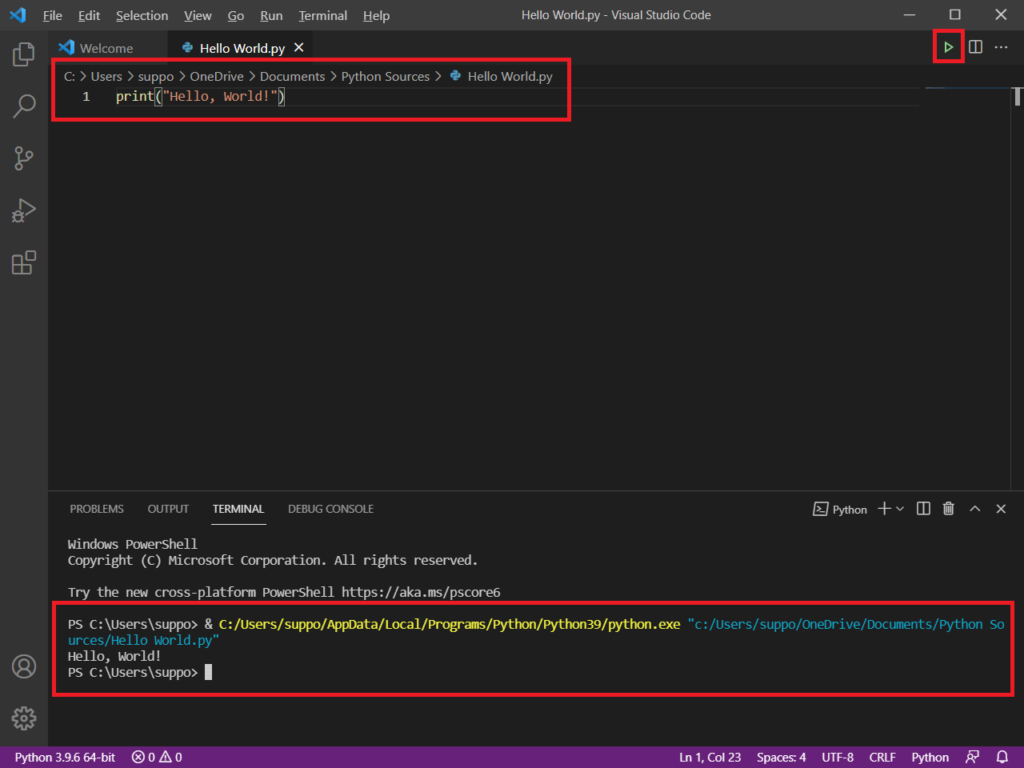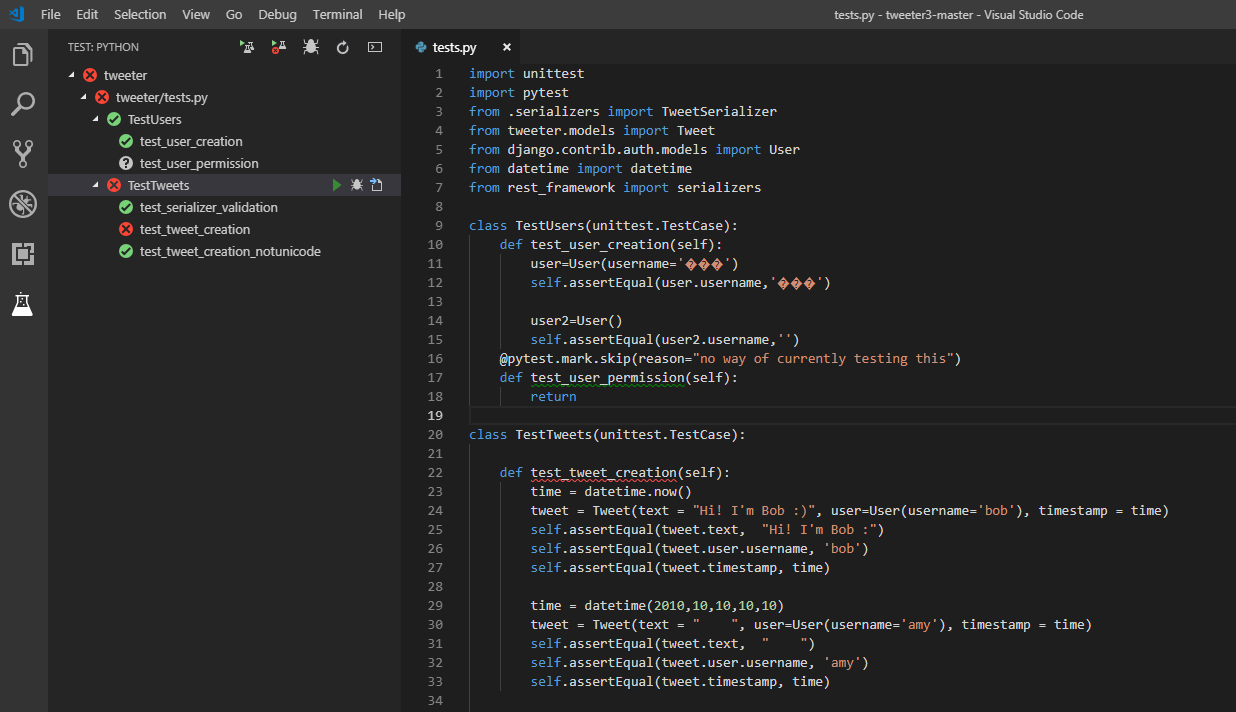


Full-Stack Development – machine learning models, Jupyter Notebooks, backends, frontends, APIs, and automated QA script all from one project on one editor!.Benefits of Anaconda on Visual Studio Code Skip here if you’re ready to start Predicting the Stock Market Using Machine Learning. For example, in one Visual Studio Code project I have Django, React, Jupyter Notebooks, and use Jenkins for automated deployment and QA. With Anaconda on Visual Studio Code, you can package backends, frontends, machine learning, and Jupyter Notebooks without having to deal with several projects. Setting up Anaconda on Visual Studio Code (VS Code) opens up the option for advanced integrations and workflows that accept multiple frameworks, far more programming languages, continuous development, and continuous integration pipelines. These tools are perfect if you’re only working on data science projects, but what happens when you need to integrate with a backend and a frontend all within the same project? You basically end up with a not so easy QA and deployment workflow.

However, the core features of the Jupyter family of products are focused on data-science-centric tasks. If you’ve been following the evolution of iPython, Jupyter Notebook, and JupyterLab, then you know the features are only getting better and better with each evolution.


 0 kommentar(er)
0 kommentar(er)
